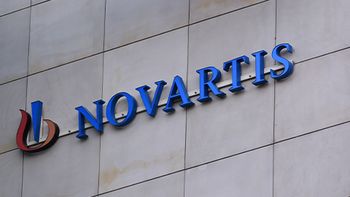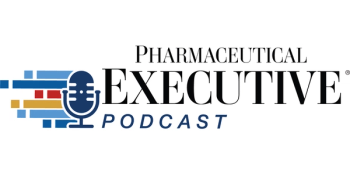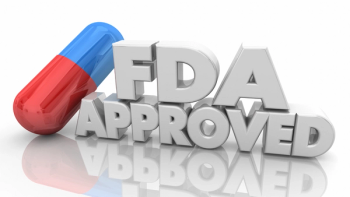
On-line, TV ads influence market
Initial feedback on the impact of direct-to-consumer advertising suggests that on-line and television ads influence doctors' prescribing habits and will wield even more power as marketing tools within the next 10 years.
Initial feedback on the impact of direct-to-consumer advertising suggests that on-line and television ads influence doctors' prescribing habits and will wield even more power as marketing tools within the next 10 years.
IMS America, a Plymouth Meeting, PA-based data research company, reported that physicians who see banner advertisements for prescription medicines on the Internet are more likely to write prescriptions for those products than other doctors, based on results of a study commissioned by the publishers of "Physicians' on-line" Web site, an Internet site secured exclusively for physicians.
Compared to physicians in the National Prescription Audit, visitors to the site who viewed advertising messages about particular drugs prescribed up to 14.2% more of that drug per month than did the control group, IMS America reported. "Our study of 'Physicians' On-line' data shows a strong correlation between the messages conveyed by 'Physicians' On-line' and the prescribing behavior of doctors," said Frank Deardorff, group director of new business development at IMS America.
Datamonitor, a market research company based in New York, was more hesitant to endorse the measurable impact of on-line or other direct-to-consumer advertising efforts. The company did concur that companies will continue to test their effectiveness.
Datamonitor reported that top-tier pharmaceutical companies can be expected to allocate 45% of their total marketing budgets to direct-to-consumer advertising by the year 2005.
To keep pace, mid-tier companies with prescription sales of $3 billion to $6 billion will probably ante up 30% of their budgets to direct-to-consumer marketing by 2005, Datamonitor reported.
Spending on direct-to-consumer advertising could grow to $7.5 billion within the next seven years, according to Datamonitor. Industry experts estimated that pharmaceutical companies earmarked $595.5 million to broadcast and on-line marketing in 1996, and $1 billion in 1997. PR
Newsletter
Lead with insight with the Pharmaceutical Executive newsletter, featuring strategic analysis, leadership trends, and market intelligence for biopharma decision-makers.




